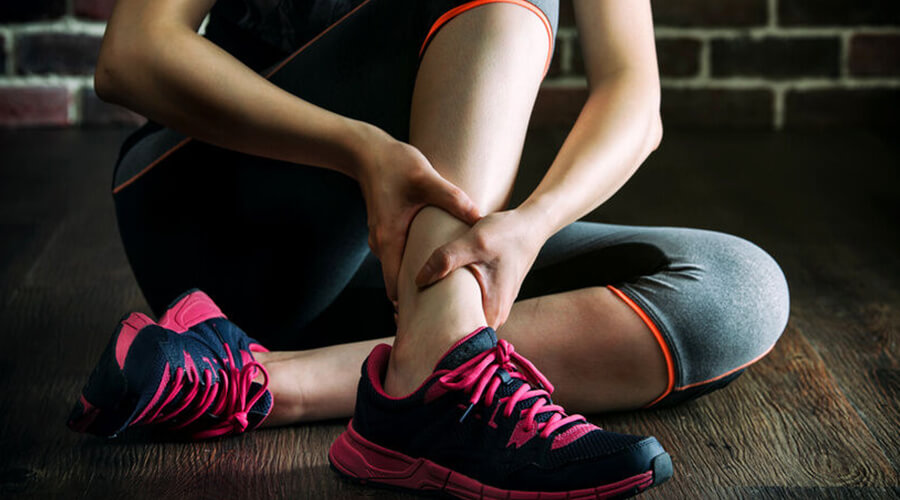
Among runners, it may happen that the outer part of the foot starts to hurt after covering a certain distance, and over time it may even hurt after shorter and shorter distances.
This pain is usually not a sharp and strong pain, but a mild and increasing and very annoying pain. The tendons of the peroneus muscles stretch on the outside of the leg and help the calf to stretch the leg. If you experience weak gluteal muscles and leg control, these complaints may indicate a problem with the peroneus muscle.
But let’s see what other symptoms may indicate this muscle problem:
– Outer ankle pain
– Pressure sensitivity of tendons
– Swelling may also occur
– Pain on exertion
– Later, pain also appears on movement
– In advanced cases, the pain may occur even at rest
– Pain is experienced when turning the leg outwards with resistance
Pain on the outside of the ankle? What exactly causes this pain?
This also belongs to the overuse syndrome and is caused by increased stress on the tendon. As a result of regular stress, the tendons can degenerate, the fibers can be damaged and even rearranged. Pain is more likely to develop after an old ankle injury.
Swelling under the outer ankle can have many causes, including injury, overuse, arthritis, infection, thrombosis, or lymphedema.
Outer ankle pain while running
External ankle pain during running can usually be the result of overuse, injury or poor foot position. The most common causes include overtraining, poor shoe choice, excessive pronation or supination (turning the ball of the foot in or out), or injury to the ankle joint.
Outer ankle swelling
Swelling of the outer ankle is usually edema that spreads to the lower leg and ankle, which occurs when excess fluid accumulates in the tissues. This condition is common and can have many different causes.
One of the most common causes is an injury, such as a broken ankle bone, damage to ligaments or the ankle joint. The swelling is usually accompanied by severe pain and limited movement.
However, ankle swelling can also occur for other reasons, such as venous insufficiency or lymphoedema. Venous insufficiency usually occurs when blood builds up in the veins and cannot flow efficiently back to the heart. This process usually begins in the feet and ankles and eventually spreads to the entire lower limb.
A stabbing pain in the outer ankle
One of the most common types of ankle pain. In most cases, its presence is variable, i.e. it often disappears and then appears again. It usually occurs as a result of some kind of ankle injury. It is not characteristic of a fracture, but if necessary, a medical examination is also recommended to rule it out. Pain under the outer ankle can occur due to tissue damage, as well as ligament tears. If not treated properly, the stabbing pain may return later.
How can it be treated?
As in the case of all overloads, this too must be rested or at least spared. It is worth wearing comfortable and safe footwear and it is also recommended to wear cleats. Massage can also be a great solution for the treatment of the peroneus muscles, but by a specialist. You should also try the HillVital Maximum balm against the stabbing pain of the outer ankle. A special balm developed with 19 medicinal herbs, high content of active ingredients and vitamins, which exerts its beneficial effect when massaged into the skin. If you need the strongest and most effective for rheumatic and joint pain, then choose nature, Maximum balm.
Ankle inflammation can be treated in several ways, depending on what is causing the inflammation. Inflammation and ankle pain can be alleviated at home using the following methods:
Rest: If the ankle is overloaded, it must be rested so that the tissues and bones can heal.
Icing: Icing the affected area reduces inflammation and pain. Icing can be applied for 20 minutes, after which there should be a break of at least 20 minutes.
Pain relievers: Anti-inflammatory and pain-relieving balms, medications can help relieve pain and reduce inflammation.
Physical therapy: Physical therapy, including exercises, massage, and ultrasound, can help improve ankle mobility and strength.
Compression bandage: Wearing an ankle bandage can help reduce swelling and pain.

